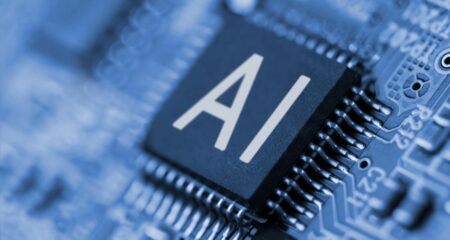
What if I told you that modern life as we know it relies on a vast army of thinking machines? There are at least 50m of them on the planet, yet relatively few people would recognise one in a picture. I’m talking about servers — the powerful computers that underpin the Internet, accelerate scientific research and handle the most intimate details of the world’s largest companies.
In fact, the computer you’re using right now relies on servers every day. Whether you’re video chatting with your overseas family, checking your bank balance online, researching a holiday or sending an e-mail, you’re tapping into the sea of servers that powers the Internet.
All that power comes at a cost. The electricity consumption of 50m servers constantly churning away at the bidding of billions of computer users is enormous.
Combine that with the cost of cooling (servers burn out if they overheat), and you have a significant drain on both the world’s supply of electricity and the bank balances of the companies running them.
But, true to form, the computing industry has unleashed a wave of innovation to meet this challenge. Companies like SeaMicro and Calxeda are completely rethinking what servers look like, creating products that require a small fraction of the electricity and space of traditional servers.
How do they manage this? Traditional servers are like long-haul trucks — big, power-hungry monsters designed for carrying heavy loads without resting. And, like trucks, they require a large amount of energy just to keep their own bulk in motion.
The new breed of servers are more like swarms of scooters — small, nimble and extremely light on fuel. Instead of a few powerful chips, these servers have dozens or hundreds of smaller chips, each carrying a small part of the load.
Seamicro and Calxeda have both figured out how to split heavy loads across these smaller components, driving down the power requirements without sacrificing performance. And because the components use less power, they also generate less heat.
How do they do this? Both companies rely on chips originally designed for low-power applications. SeaMicro, for instance, uses Intel’s Atom architecture which was created to power lightweight laptops with small batteries.
Calxeda takes things a step further, using a “system on a chip” architecture similar to the one used in smartphones like the iPhone and Samsung Galaxy. These chips turn out to be ideal for Calxeda’s purposes since they are small, cool and — above all — energy efficient.
The idea of using these kinds of chips in servers seemed laughable not long ago, like flying from London to New York on a microlight. And yet, less than three years after it was founded, SeaMicro was acquired by AMD (Intel’s largest competitor) for US$334m. Who’s laughing now?
And the savings don’t stop with the processors. Many of the world’s biggest data centres now make extensive use of solid state drives (SSDs) rather than traditional hard drives to store their rivers of data. It sounds very high-tech, until you realise that SSDs are just large flash drives.
So the technology you use to transfer large files around between co-workers is also helping to power services like Facebook, Amazon and Dropbox. Since SSDs don’t have any moving parts they use less power and generate less heat than traditional drives. Bingo.
The idea of using SSDs for large-scale storage was born at Carnegie Mellon University in 2008 when a group of researchers proved that you could use small, cheap flash disks to store huge amounts of data without sacrificing performance. The cute acronym they cooked up to describe the project, Fawn (for Fast Array of Wimpy Nodes), has since become an industry legend.
Does this mean traditional servers and drives are dead in the water? Not by a long chalk. For all its recent advances, low-power server infrastructure is an industry still in its infancy. For every advocate there are 10 sceptics, determined that chips designed for cellphones and flash drives will never sully their precious data centre.
But you know the old saying: first they laugh at you, then they fight you, then you win. We’re about to enter stage two. Fasten your seatbelts, server geeks. — (c) 2013 Mail & Guardian
- Alistair Fairweather is GM for digital operations at the Mail & Guardian
- Visit the Mail & Guardian Online, the smart news source




